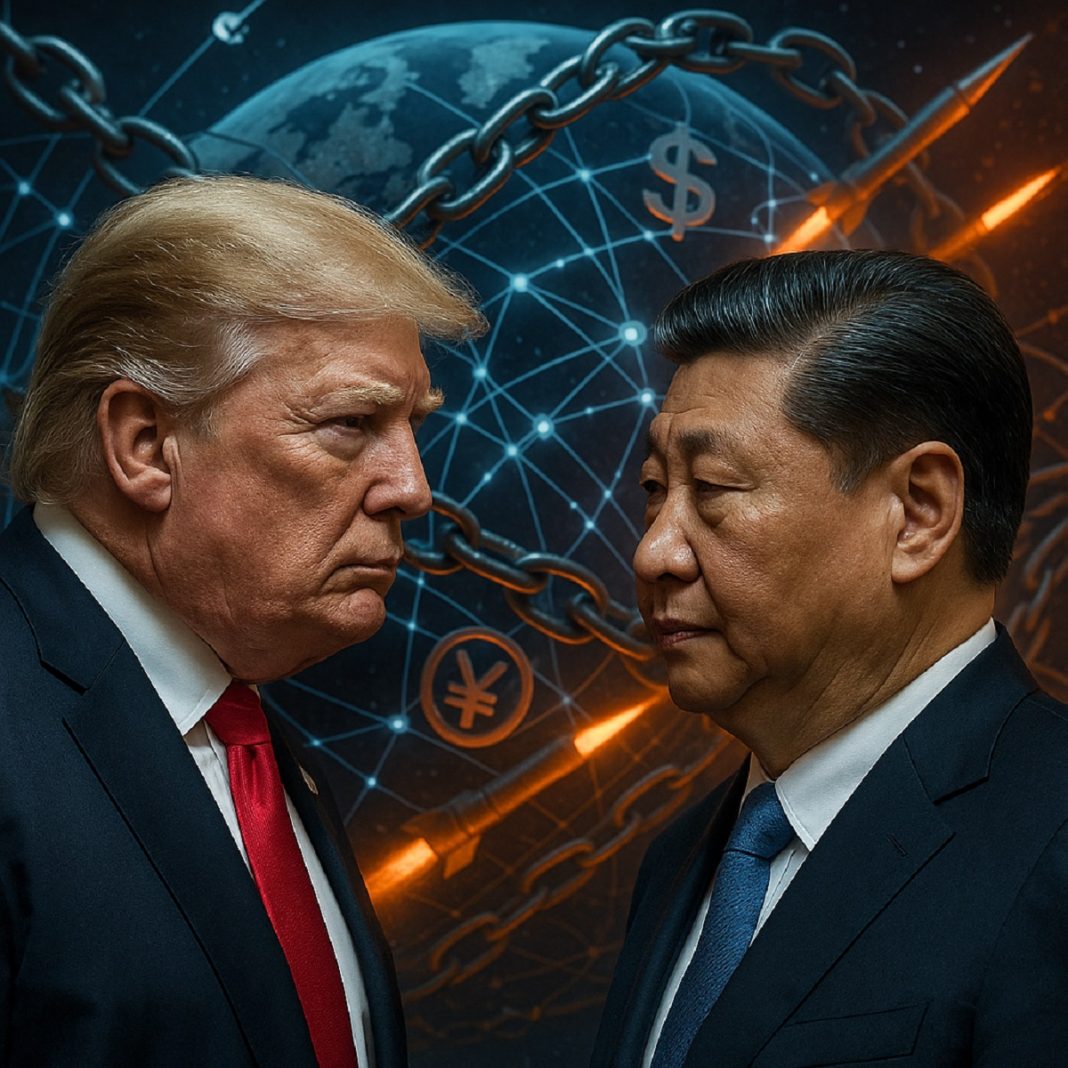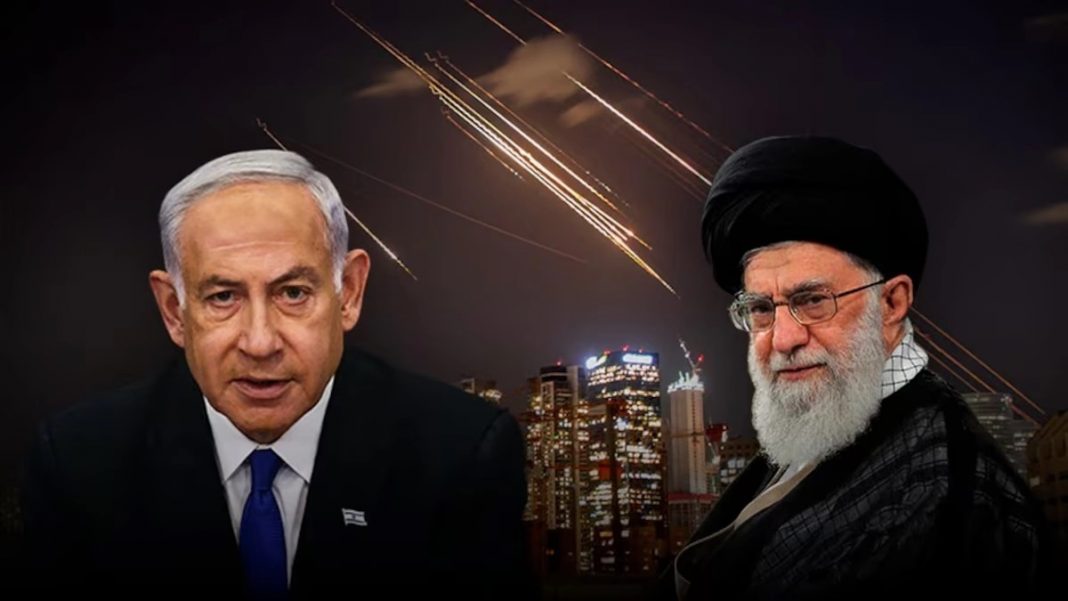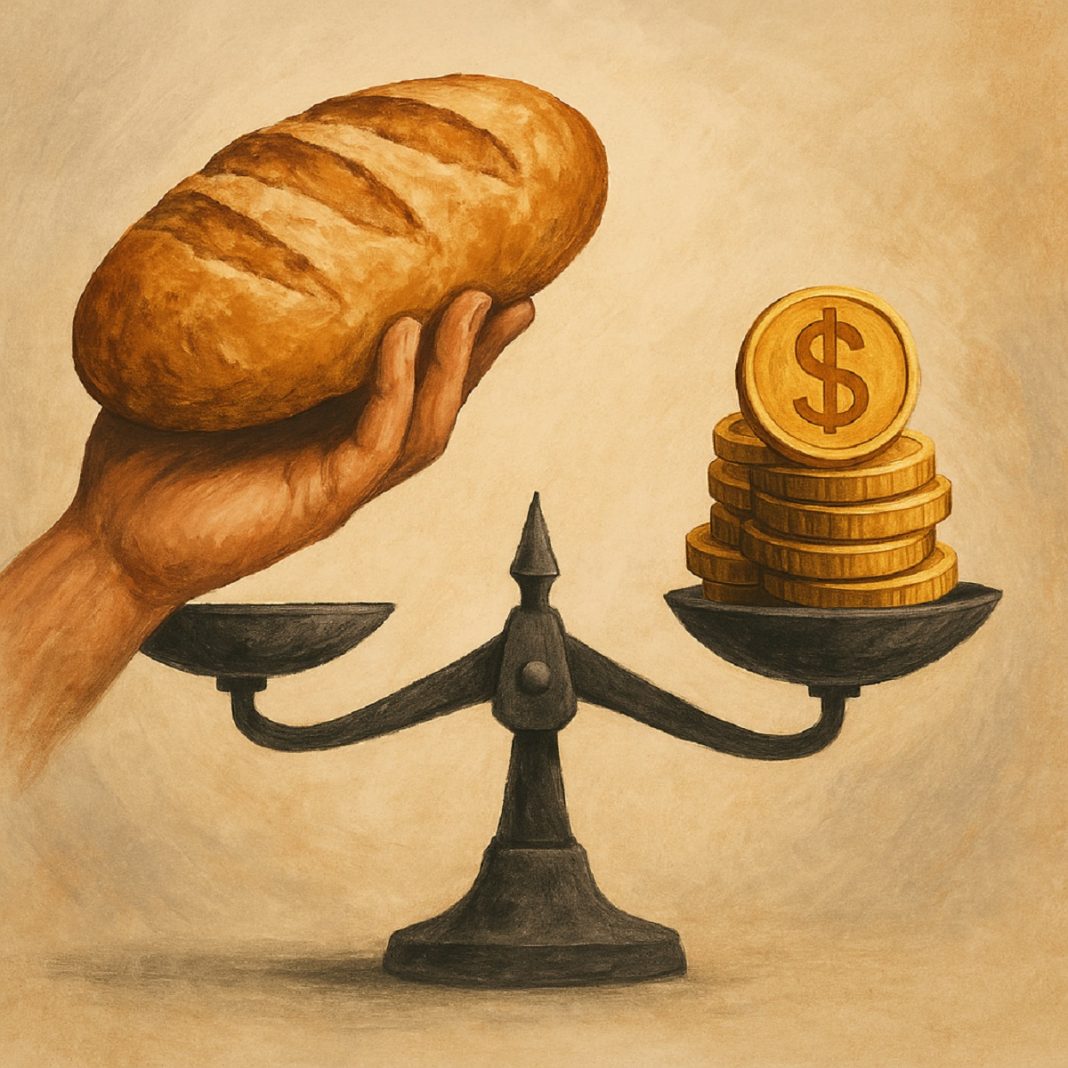Gabriel G Tabarani
When Washington struck a “framework deal” with China in June, the headlines were muted, but the meaning was seismic. What once looked like another transactional compromise now marks a turning point in the global political economy. The United States—long the master of financial and technological coercion—is learning what it means to be on the receiving end. The world has entered an age of weaponized interdependence, where supply chains, digital platforms, and trade networks are no longer the connective tissue of prosperity but the front lines of strategic rivalry.
For decades, U.S. policymakers wielded economic power as a substitute for military force. They sanctioned adversaries, cut off banks from the dollar system, and used American technology firms to project influence across the world. The strategy worked—until it didn’t. As China and others develop their own economic arsenals, Washington finds that the global system it built for control has become a source of vulnerability.
The recent bargain with Beijing underscores this reversal. Facing industrial pressure, the Trump administration agreed to ease semiconductor export restrictions in exchange for renewed access to Chinese rare-earth minerals—critical to electric vehicles, weapons, and advanced electronics. For a country that once prided itself on “decoupling” from China, the deal was an admission of dependency. Secretary of State Marco Rubio called it a “great challenge of the new century”: the realization that America’s industrial base is tethered to potential adversaries.
China’s leverage didn’t appear overnight. It learned from U.S. behavior. When Washington blacklisted Huawei and threatened to cripple ZTE by cutting it off from American technology, Beijing grasped the true logic of economic power in the twenty-first century. It began building a “whole-of-nation” system to secure technological independence—especially in the extraction and processing of rare-earth elements. It modeled its export-control apparatus on the U.S. version, giving itself the tools and information to squeeze others when needed. China’s new restrictions on dual-use exports have since forced U.S. and European manufacturers to the bargaining table. The student has mastered the teacher’s playbook.
Europe, meanwhile, sits awkwardly between the two giants. It has the assets of a geoeconomic superpower—control of the SWIFT payments system, financial clearinghouses such as Euroclear, and technology leaders like ASML and SAP—but lacks the political machinery to wield them strategically. The European Union talks of “strategic autonomy” yet remains reliant on U.S. military protection and divided by national interests. Its much-touted “anti-coercion instrument,” meant to deter trade bullying, exists mostly on paper. Bureaucratic delays and internal quarrels make it a deterrent no one fears. Europe’s leaders warn against “the weaponization of interdependence,” even as their companies lobby to preserve Chinese market access.
The result is paralysis. The continent that once championed multilateralism now finds itself buffeted by the unilateral actions of others, unable to defend its firms or shape the rules of the new order. If the EU cannot convert its economic weight into political power, it risks becoming the battlefield on which others fight their economic wars.
Yet the more immediate danger lies in Washington itself. The second Trump administration has hollowed out the very institutions that once gave the United States an edge in economic statecraft. Agencies such as the Treasury’s Office of Foreign Assets Control and the Commerce Department’s Bureau of Industry and Security—nerve centers of America’s sanctions and export-control apparatus—are underfunded and understaffed. The National Security Council has been slashed by more than half. Policy now flows less through disciplined interagency processes than through the personal whims of the president and his advisers.
This institutional decay is strategic self-sabotage. In the nuclear age, the United States built vast bureaucracies to manage deterrence and avoid catastrophe. In the age of weaponized interdependence, it needs similar capacity: experts who understand supply chains, digital systems, and the intersection of national security with global markets. Instead, Washington is dismantling its analytical machinery just as the world grows more complex and less forgiving. Allies no longer trust the United States to act predictably. American firms abroad face new risks as other governments retaliate. Even U.S. courts are beginning to push back: in May, a federal court ruled that Washington had overstepped its authority by imposing certain tariffs under emergency powers, signaling unease with economic overreach.
The irony is that America’s weaponization of interdependence is undermining the very system that once made it powerful. The “American stack”—the web of technologies, standards, and institutions built around U.S. dominance in finance and digital infrastructure—was compelling because it was open and trusted. Nations tolerated U.S. primacy because it was bound by the rule of law and liberal values. But when coercion becomes habitual, trust erodes. Others seek alternatives: China’s digital yuan, Europe’s “EuroStack,” and regional payment networks designed to bypass Washington. Former U.S. Treasury Secretary Larry Summers warns that the world is “accepting fragmentation—and maybe even more troubling, there’s a growing sense that ours may not be the best fragment to be associated with.” If the U.S. continues to weaponize its dominance without restraint, it will drive others to build systems that exclude it altogether.
The United States still has choices. It can continue down the path of coercive decline—trading long-term stability for short-term political theatrics—or it can rebuild the institutional backbone of its economic power. That means restoring state capacity, investing in expertise, and setting clear limits on how and when economic weapons are used. Above all, it means rediscovering the value of restraint and cooperation. During the Cold War, America learned that survival required arms control as much as deterrence. In today’s world, it needs the economic equivalent: a framework to manage interdependence before it collapses into chaos.
Globalization once promised connection through markets; now it delivers confrontation through chokepoints. Whether the United States adapts to this new reality—or becomes its next casualty—will determine not just the future of American power but the stability of the global economy itself.
This article was originally published in Arabic on the Asswak Al-Arab website


